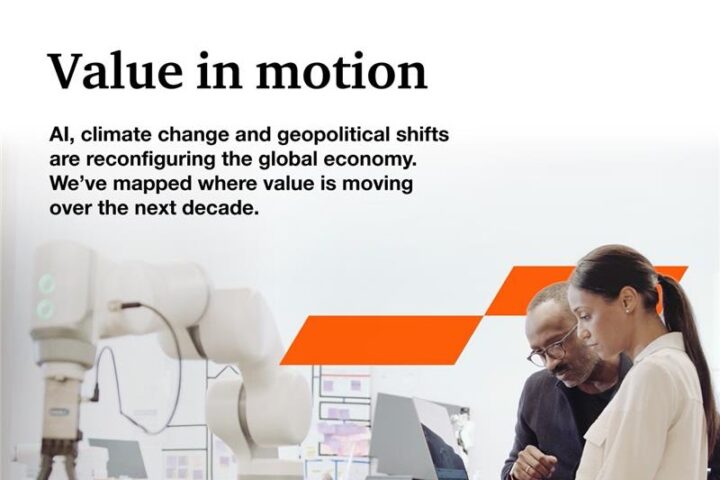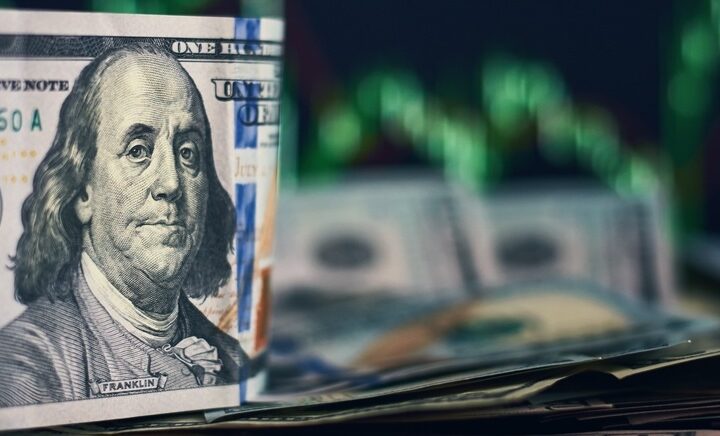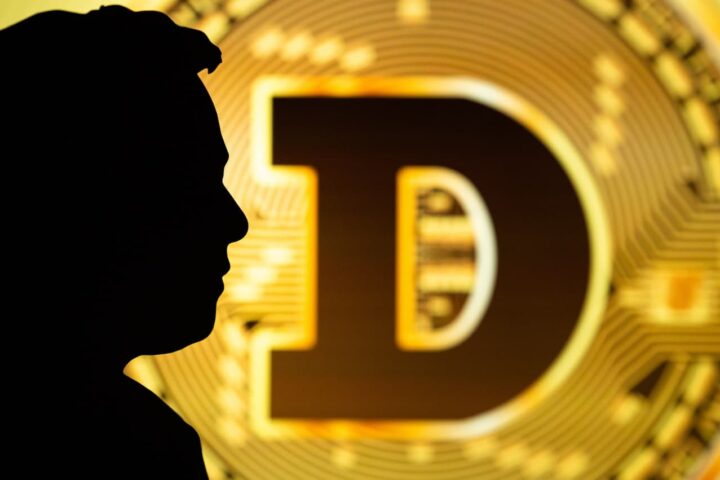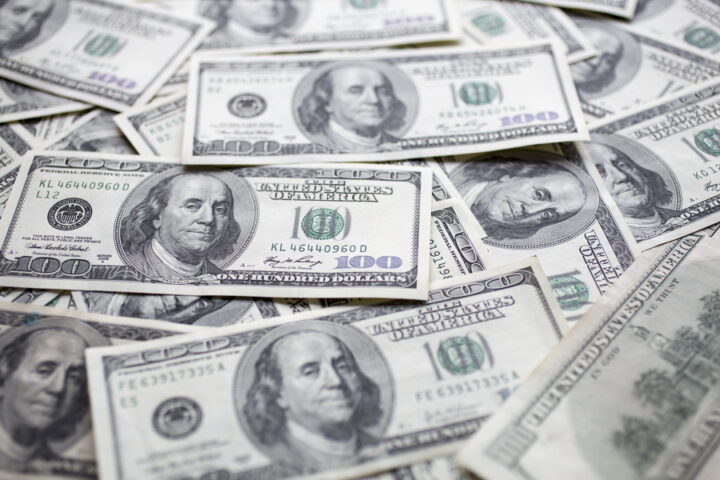The criticism has frustrated high-frequency traders, who are increasingly going public to defend their business. Several said they expect little impact from any new regulation, and expressed confidence that their role in the marketplace would be preserved.
Fast traders are proud they make their money through a battle of wits, believe in the work ethic and do not rely on chummy business ties. There is talk of forming an association, presumably to quell complaints and educate the public about their business.
"If you were on Wall Street in the 1990s … you would need to take guys out to dinner and build relationships, otherwise you couldn't get at the order flow. And now, if you're good … there's no barrier to entry," said Cameron Smith, general counsel at Houston-based technology and trading firm Quantlab Financial LLC, which does high-frequency trading.
"That is a really incredible improvement to the Wall Street environment," he said. "That's how we want markets to work."
A sign of the critical role the fast traders have assumed came to the fore last year after the SEC briefly banned the short-selling of financial securities. Spreads widened and trading volume declined as high-frequency traders cut back on their presence to adjust algorithms.
After the ban was lifted, the high-frequency players came back. Spreads started collapsing and volume picked up, said Todd Mackedanz, head trader at Fisher Investments, the firm founded by billionaire investor Ken Fisher based in Woodside, California.
"With that said, they do in a sense play a fairly important role in the marketplace," Mackedanz said.
Fisher Investments, like other institutional investors, has set tight price limits and is careful about whom it trades with to try to ensure it gets the best execution possible.
Many investors fear that high-frequency trading may fall prey to bad habits. In 1994, for instance, an academic study found that a large number of Nasdaq stocks were traded with spreads that were double the minimum, raising the question of whether dealers colluded to maintain wide spreads.
Jean-Marie Eveillard, a legendary investor on Wall Street, said that high-frequency trading strikes him as suspect. But Eveillard said in an e-mail message that he had no particular insight other than this: "If in a good mood, I say Wall Street is nothing but a vast promotion machine. If not, it's a den of thieves. So there is always the possibility of front running, insider trading, market manipulation."
HIGH FREQUENCY TRADING STRATEGIES
Any big market move creates ripples on which high-frequency traders feast.
Correlation strategies — like selling the S&P 500 index exchange traded fund when a blue-chip company misses earnings expectations — are left to high-frequency players with the most horsepower. Others are relegated to more complicated techniques, poring over historic trading records in various regions and asset classes.
Market making is the dominant technique, with the top-tier "ultra high-frequency" firms — those trading more than 1 billion shares per day and holding positions for seconds — relying heavily on gathering the rebates exchanges pay them for posting orders.
If a trader's bid of $15.80 for Bank of America shares is matched, that person might immediately post an offer for the same price, hoping to capture two rebates while breaking even on the spread.
The result, according to several independent proprietary firms, is a flooding of the 50 some U.S. trading venues with orders, and near-immediate execution for investors — even if the high-frequency trader on the other side of the trade walks away with one-tenth of a penny per share, on average.
A misunderstood dynamic of high-frequency trading is that it thrives off volatility, thereby reducing it. The clear winners in the revolution are small investors, who have seen their trading costs fall remarkably and markets price shares far more efficiently.
"Most of our clients really don't spend a lot of energy worrying about the last penny on a trade, or the last two pennies," Charles Schwab, founder of Charles Schwab Corp, the largest U.S. discount brokerage, said last month during a Web cast business update.
"We think the liquidity components are perfectly satisfactory."
SECRECY AND SUCCESS
The 2000 decision to price quotes in decimals of a dollar was probably the most important in a series of U.S. rule changes in the last dozen years that sowed the seeds of high-frequency trading.
A spread of 25 cents for a Nasdaq stock was not uncommon 15 years ago, when market makers and floor specialists had fixed commissions and wooed clients to win business.
The late 1990s introduction of alternative trading venues was another regulatory turning point, as well as a 2005 "trade-through" rule that ensured investors get the best U.S. bid or offer, no matter where it was.
Transactions are dramatically faster, and the duration of time long-term investors own securities has been shortened. Eighteen months is now considered very long, compared with two or three years about half a decade ago.
Another complaint that haunts high-frequency trading is secrecy — not just around their firms' strategies but even who they are. A number of firms declined to be interviewed by Reuters.
"People think that high-frequency trading firms … are secretive because they're doing something untoward," Narang said. "Really the reason they're secretive is because as soon as they spill the beans other people can compete with what they're doing."
All Wall Street firms want to stay under the radar screen, said Robert Olman, president of Alpha Search Advisory Partners, an executive search firm for hedge funds and prop shops.
"Once you're successful, once you have a system that's making money, you become very secretive because it's very easy for one of your guys to leave and replicate it," he said. That's the reason behind Coca-Cola Co's closely guarded formula for making Coke, he said.
"What are the exact ingredients and proportions of Coca-Cola? Is there something wrong going on at Coca-Cola?" he said. "That's the point. It's replication, ease of replication. The barriers to entry, to competing, are not too high."







